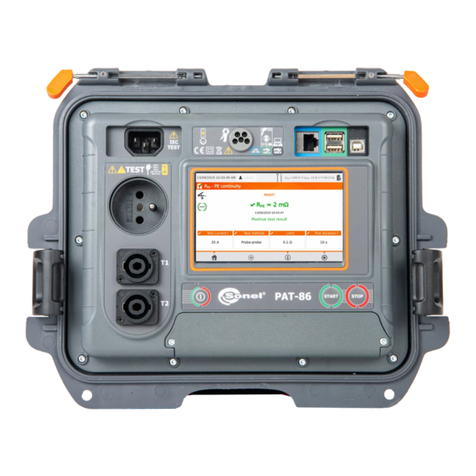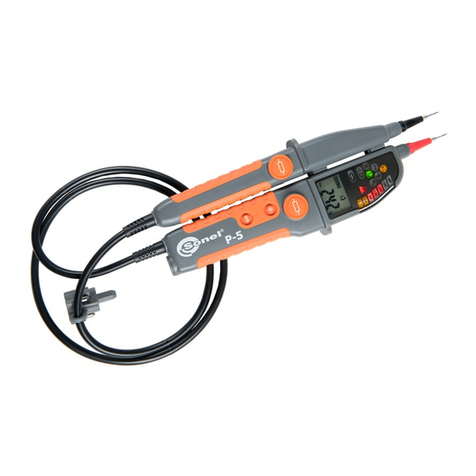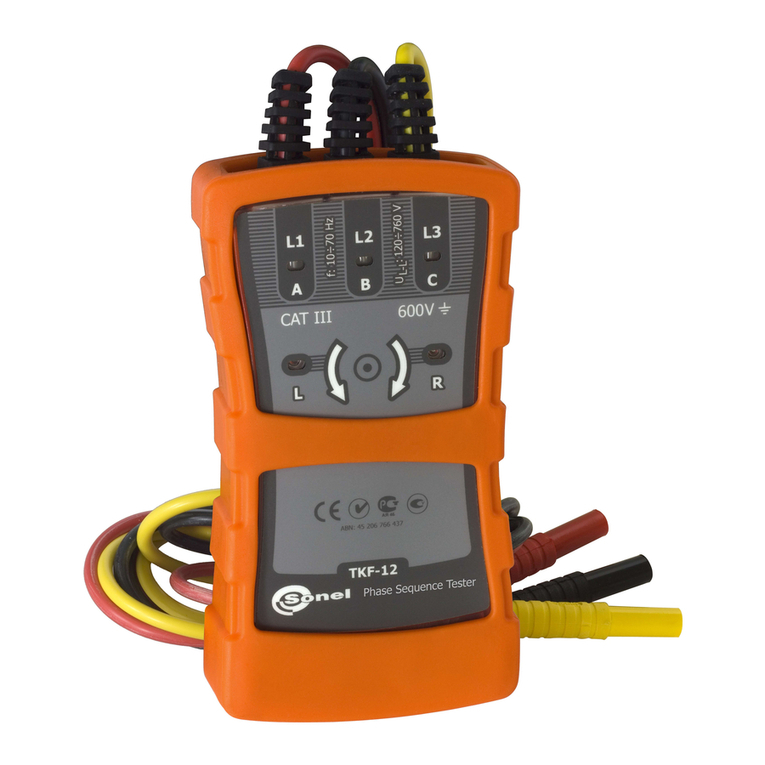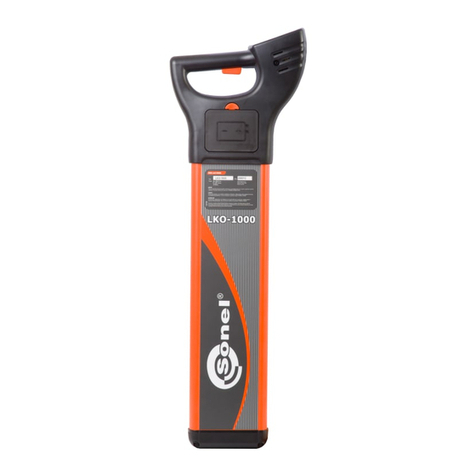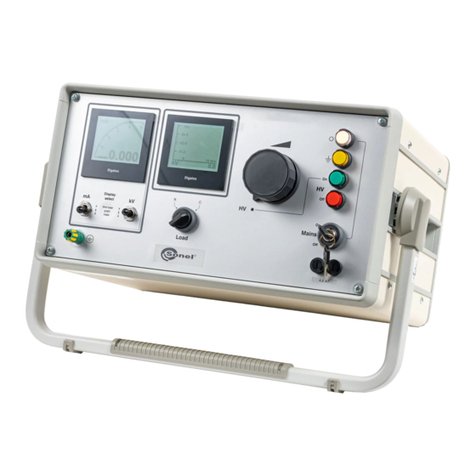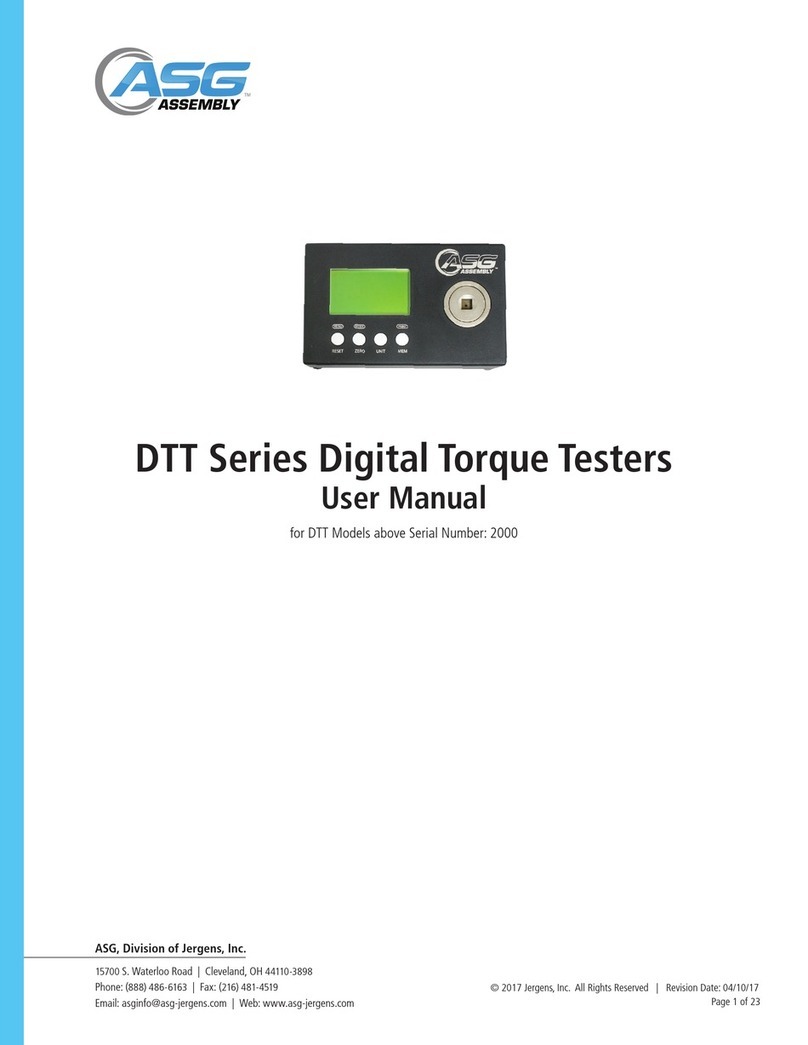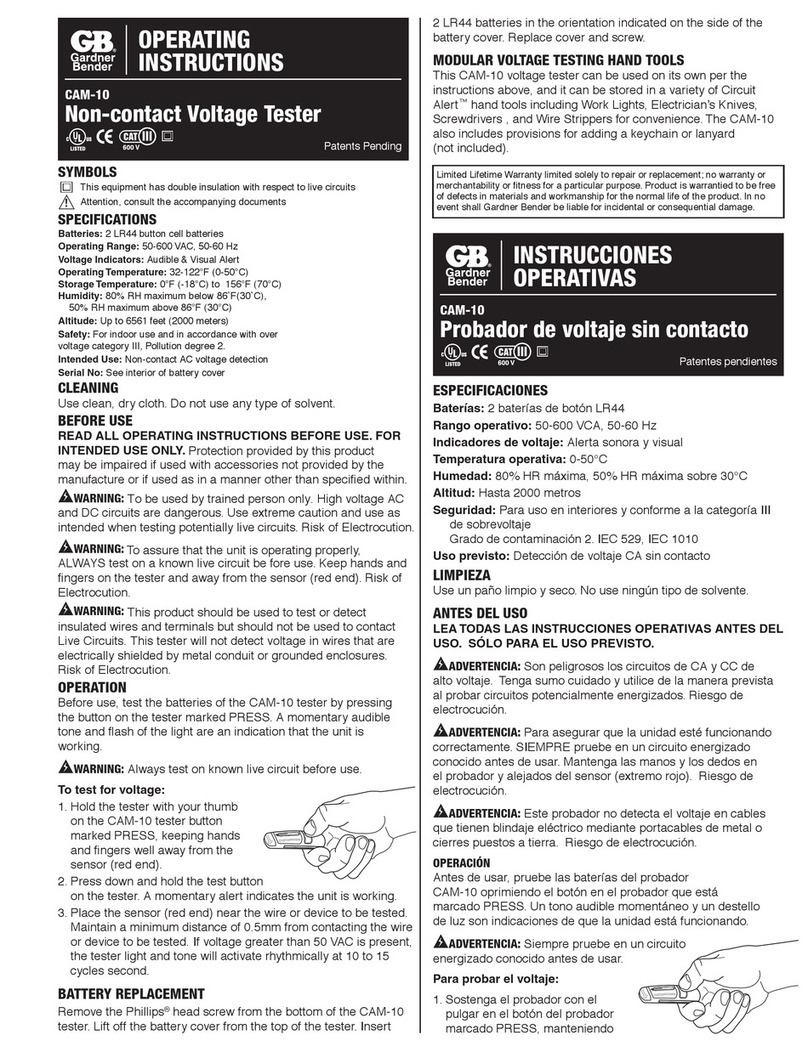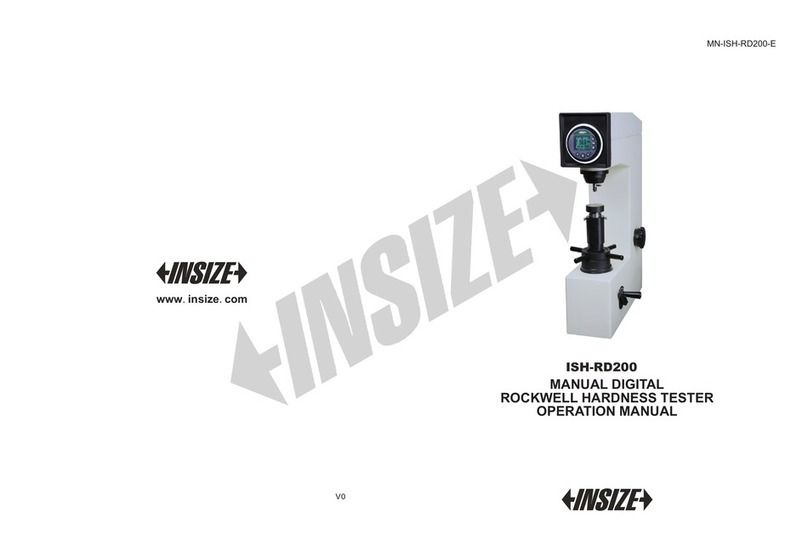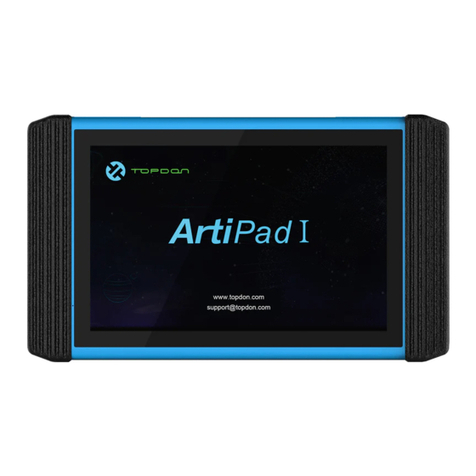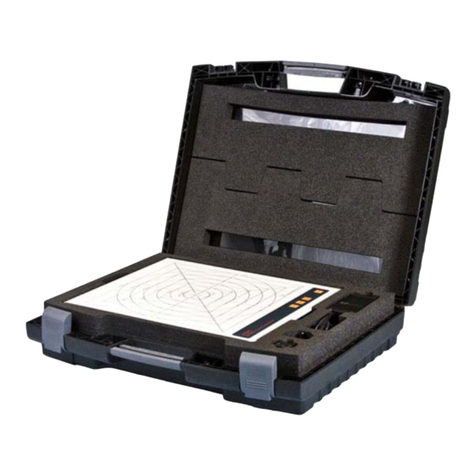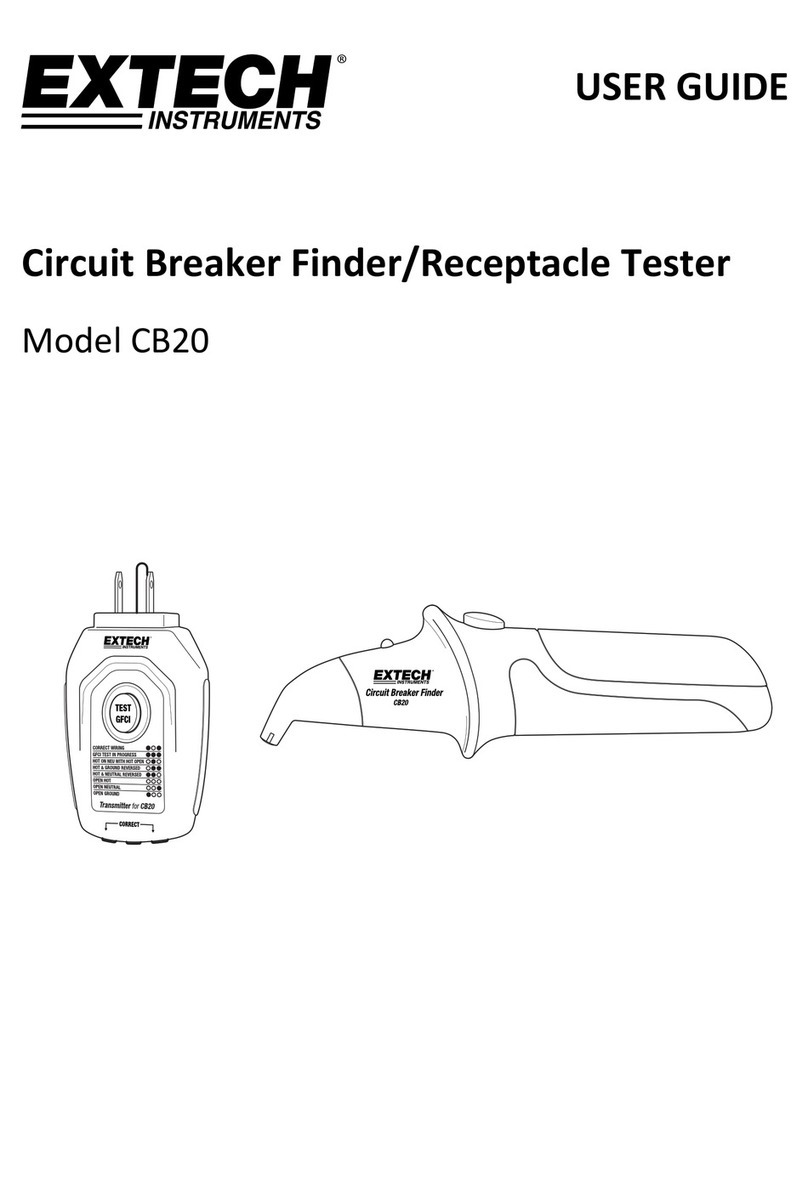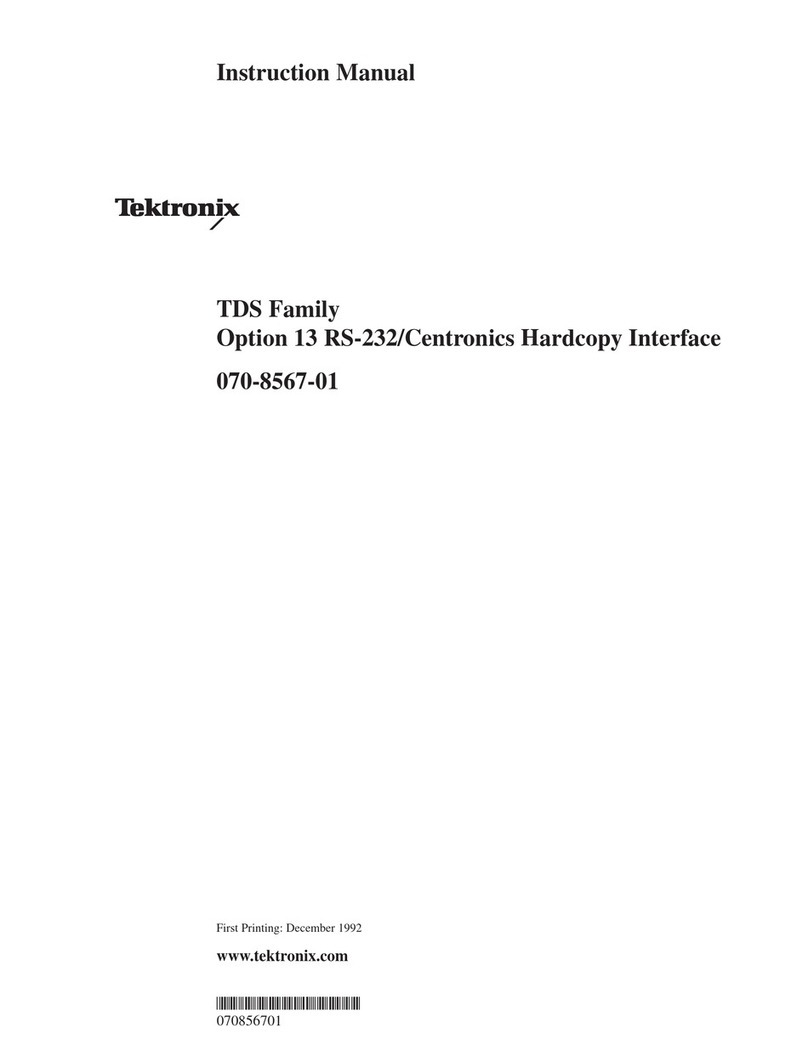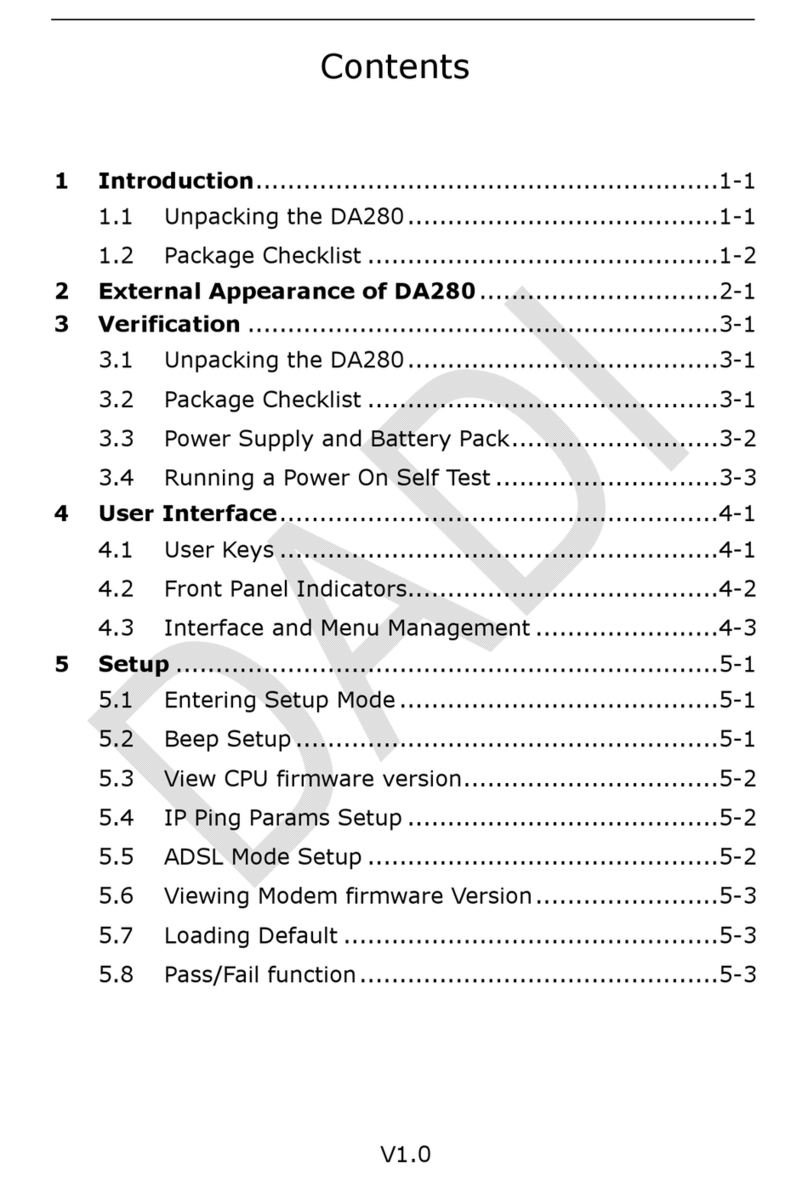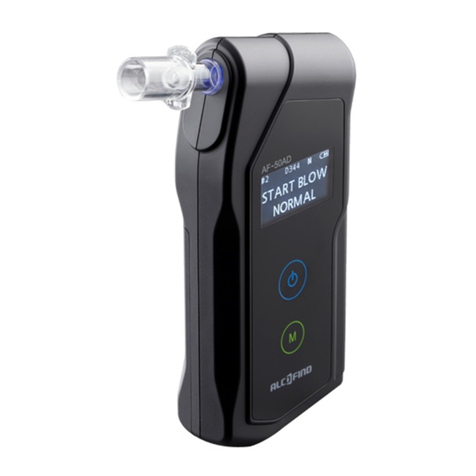Sonel P-2 User manual



OPERATION
MANUAL
VOLTAGE TESTER
P-2
SONEL S. A.
ul. Wokulskiego 11
58-100 Świdnica
Version 1.8 May 15, 2012

Principal characteristics of the device:
•Measurement of direct and alternative voltage
presented on a display within the range between
1.5 and 750V with the maximum exactitude of
0.1V,
•Indication of direct and alternative voltage on the
diode indicator: 12, 24, 50, 120, 230, 400, 690V,
•Indication of polarization of the direct voltage
(on the diode indicator and the display),
•The diode indicator does not require a battery,
•The one-pole voltage indicator for voltages ex-
ceeding 50V,
•Measurement of resistance within the range be-
tween 0 and 1999Ω,
•Test of continuity of the circuit with optical and
acoustic signalling,
•Function of checking the order of phases in
three-phase circuits,
•Function of test of differential current switches,
•HOLD function – holding of any measurement o
the display,
•Legible back-lit display,
•Illumination of the display connection point,
•Ergonomic and hermetic casing with elastomer
(IP65),
•Automatically switching off display in the case of
inactivity.

3
TABLE OF CONTENTS
1SAFETY.............................................. 4
2MEASUREMENTS ........................... 5
2.1 CONTROL OF OPERATION OF THE
TESTER ........................................... 5
2.2 AC OR DC VOLTAGE TEST .............. 5
2.3 RCD OPERATION TEST.................... 6
2.4 ONE-POLE PHASE TESTING .............. 6
2.5 CIRCUIT CONTINUITY TEST ............. 7
2.6 MEASUREMENT OF RESISTANCE ..... 7
2.7 THE HOLD FUNCTION.................... 7
2.8 PHASE ORDER TEST ........................ 8
2.9 ILLUMINATION OF THE MEASURED
POINT ............................................. 8
3REPLACEMENT OF THE
BATTERIES ...................................... 9
4CLEANING AND MAINTENANCE9
5STORAGE.......................................... 9
6DISMANTLING AND
UTILIZATION ................................ 10
7TECHNICAL DATA ....................... 10
8MANUFACTURER......................... 12
Thank you for having purchased our voltage tester.
The P-2 tester is a modern, high-quality measure-
ment instrument, which is easy and safe to use.
However, reading the present manual will permit you
to avoid measurement errors and prevent possible
problems regarding operation of the device.
Note:
The produce
r reserves the right to realise
modifications as regards the appearance of
the device, its equipment and technical data.

4
1 Safety
The purpose of the P-2 device is to test voltage
and the continuity of connections as well as meas-
urements of resistance. In order to guarantee the
correct operation of the device and correctness of
the obtained results observe the following recom-
mendations:
•Before operation of the device starts, get your-
self acquainted with the present manual and the
safety rules and regulations as well as the rec-
ommendations specified by the manufacturer.
•Any other application of the device which has
not been determined within the present manual
may cause its damage and constitute a source
of danger for the user.
•The device should be operated solely by quali-
fied personnel who are properly authorised and
certified to realise measurements in electric in-
stallations. Should the tester be operated by un-
authorised persons, there is a danger of dam-
age to the device and the user.
•The device must not be applied to the network
and equipment within premises of special condi-
tions, e.g. in a dangerous atmosphere with re-
gard to explosion or fire.
•It is unacceptable to operate the following:
⇒A damaged meter which is completely or
partially out of order,
⇒A meter with damaged cable insulation,
⇒A meter stored for an excessive period of
time in disadvantageous conditions (e.g. ex-
cessive humidity). If the meter has been
transferred from a cool to a warm environ-
ment of a high level of relative humidity, do
not realise measurements until the meter
has been warmed up to the ambient tem-
perature (approximately 30 minutes).
•Do not operate a meter with an open or incor-
rectly closed battery (accumulator) compartment
or power it from other sources than those speci-
fied in the present manual.
•Do not realise measurements for more than 30
seconds. After a 30-second measurement, the
next measurement may be realised not sooner
than after 240 s.
•The purpose of the signalling of limit values is
solely to warn the user and not to realise a
measurement.
Note:
The device may also be used during rain,
however at user’s own responsibility.
It is
recommended to use gauntlets.

5
2 Measurements
2.1 Control of operation of the
tester
Before each use of the tester, it is necessary to
control its operation:
•The voltage indicator must be tested using a
known source of voltage,
•Close the measurement probes – there should
be an audible acoustic signal, the LED Ωdiode
should be on and the symbol should ap-
pear on the display.
Remarks:
The voltage indication function is active when
the batteries are discharged or without batteries. In
order for the remaining functions to be active
charged batteries are required.
2.2 AC or DC voltage test
Note:
In the networks protected with an RCD switch
whose nominal current is 10mA or 30mA, it is pos-
sible that the switch is activated during a measure-

6
ment of voltage between L and PE. In order to avoid
that connect the tester between L and N and after
approximately five seconds switch the probe from N
to PE.
2.3 RCD operation test
In order to check the operation of the RCD
switch whose nominal current is 10mA or 30mA it is
necessary to realise a voltage test directly between
the L phase and the protective cable PE.
2.4 One-pole phase testing
Note:
Attention!
Do not touch the electrode of the measurement
probe L1 during the testing of the phase.
In the case of one-pole determination of phases
for the purpose of specification of external cables,
under certain circumstances it is possible that the
operation of the tester will be impaired (e.g. using
insulated personal protection means or in the case
of an insulated work station).
One-pole phase testing may not be a sufficient
means to determine whether the circuit in question
is live. Do apply the two-pole voltage test.

7
2.5 Circuit continuity test
Note!
The measured object may be live.
Connect both the probes to the measured ob-
ject. An acoustic signal, lit Ωdiode and the symbol
appearing on the display indicate continuity of
the circuit (R<600kΩ).
Note:
During the measure of continuity polarization of
the voltage at the L2 probe is negative.
2.6 Measurement of resistance
Note!
The measured object may not be live.
Press shortly the Ωbutton and connect both the
probes to the measured object. Read the result from
the LCD display.
Note:
During the measure of resistance polarization of
the voltage at the L2 probe is negative.
2.7 The HOLD function
The purpose of the present function is to hold
the result of the measurement o the display. It is
possible pressing the HOLD button. In the left upper
corner the
HOLD
symbol will be visible all the time
while the measuring instrument remains in this
mode.
Should the operator want to return to the normal
measurement mode, they must press the HOLD
button again.
In the HOLD mode the Auto-OFF time will be
extended to 30 seconds.

8
2.8 Phase order test
Note:
The order of the phases may be determined so-
lely in a three-phase system.
2.9 Illumination of the measured
point
The P-2 tester offers the possibility of illumina-
tion of the measured area under difficult light condi-
tions (e.g. in switchgears). In order to illuminate the
measured point press the button marked with the
symbol . At the same time the LCD display is
backlit and it turns off automatically after approxi-
mately seven seconds.
The illumination may be also turned on when the
tester is off, and then three lines will appear on the
display.

9
3 Replacement of the batteries
The tester is powered by means of two 1.5V
AAA batteries. A lack of acoustic signal once both
the probes have been closed, too weak illumination
after the button has been pressed or the symbol
appearing on the display indicate the necessity
to replace the batteries. Follow the instructions be-
low:
- disconnect the probes from the measuring circuit
- using a tool or a coin unscrew the battery com-
partment anti-clockwise and remove it
- replace batteries observing the polarity
- replace the compartment and screw it clockwise
4 Cleaning and maintenance
NOTE!
Use solely the method of maintenance specified
by the manufacturer in the present manual.
The tester may be cleaned with a soft, wet flan-
nel using al-purpose detergents. Do not use any
solvents or cleansing agents which might scratch
the casing (powders, pastes, etc.).
The electronic system of the tester does not re-
quire maintenance.
5 Storage
Storing the tester observe the following recom-
mendations:
•Place protectors on the probes,
•Make sure the tester is dry,
•In the case of prolonged periods of storage re-
move the batteries from the tester.

10
6 Dismantling and utilization
Worn electric and electronic equipment must be
disposed of selectively, i.e. it must not be disposed
of along with waste of other kinds.
Send worn electronic equipment to a collection
point in accordance with the act on worn electric and
electronic equipment.
Before sending the equipment to a collection
point do not dismantle any components of the
equipment.
Observe local regulations regarding disposal of
packages, discharged batteries and accumulators.
7 Technical data
The symbol „d.v.” in the case of determination of
the fundamental uncertainty means the displayed
value.
Measurement of direct voltage (on the display):
* - from 6,0V for Sr. no. up to 663530
Furthermore the voltage is indicated by the diode
indicator for the following values: 12, 24, 50, 120,
230, 400, 690V along with the signalling of the po-
larization of voltage (the diodes „+” or „-” are on).
The diode indicator functions also without batteries.
Input resistance
Uin
Rin
12V, 24V, 50V
~ 6kΩ
120V
~ 20k
Ω
230V
~ 70k
Ω
400V
~ 150kΩ
690V
~ 240k
Ω
Measurement of alternative voltage within the
range between 20 and 400Hz (on the display):
* - from 6,0V for Sr. no. up to 663530
Furthermore the voltage is indicated by the diode
indicator for the following values: 12, 24, 50, 120,
230, 400, 690V along with the signalling of the po-
larization of voltage (the diodes „+” or „-” are on).
The diode indicator functions also without batteries.
Range Exactitude
Fundamental
uncertainty
+1,5/-2,5*
...49,9V
0,1V ±(2% d.v. +
3 digits)
50...750V
1V
Range Exactitude
Fundamental un-
certainty
1,5*...49,9V 0,1V
±(3% d.v. +
4 digits )
50...750V 1V ±(2% d.v. +
3 digits )

11
The frequency of the measurement voltage for the
diode indicator: 15…400Hz.
Measurement of resistance:
Range Exactitude Fundamental
uncertainty
0...1999Ω1Ω±(3% d.v. +
8 digits)
Other data:
a) Kind of insulation: double, in accordance with
EN 61010-1
b) Measurement category: III 1000V (IV 600V) in
accordance with EN 61010-1
c) Protection grade for the casing in accordance
with EN 60529: IP65
d) Range of voltage measurement on the LCD dis-
play: 6…750V AC/DC
e) Indication of voltage on the diode indicator:
12V, 24V, 50V, 120V, 230V, 400V, 690V
f) Minimum voltage at which the indicator turns on:
6V
g) Exactitude of voltage indications: in accordance
with EN 61243-3
h) Range of voltage frequency for the LCD display:
20…400Hz
i) Range of voltage frequency for the diode indica-
tor: 15…400Hz
j) Maximum current: IS<0,2A/IS(5s)<3,5mA
k) Maximum time of continuous operation: 30s
l) Minimum break for a 30-second operation time:
240s
m) Range of voltage for a one-pole phase indicator:
50…690V
n) Range of frequencies for a one-pole phase indi-
cator: 50…400Hz
o) Range of the continuity tester: 0…600kΩ
(400kΩfor Sr. no. up to 663530)
p) Exactitude of the activation threshold for the
continuity tester: ±50%
q) Measurement current for the continuity tester:
7μA
r) Range of voltage for a two-pole phase order in-
dicator: 100…690V
s) Range of frequencies for a two-pole phase order
indicator: 50…60Hz
t) Auto-OFF time: approximately 7s (30s in the
HOLD mode)
u) Display: LCD 3 1/2 digits
v) Power supply for the measuring device: 2x1,5V
size AAA/LR03 (recommended alkaline)
w) Dimensions: approximately 240x60x30 mm
x) Mass of the tester with batteries: approximately
0,2kg
y) Working temperature: -10..+55°C
z) Storage temperature: -30..+70°C

12
aa) Quality standard: development, design and
manufacture in accordance with ISO 9001
bb) the product meets the EMC requirements (im-
munity for industrial environment) according to
the following standards EN 61326-1:2006 and
EN 61326-2-2:2006
8 Manufacturer
The manufacturer of the instrument who pro-
vides guarantee and post-guarantee service is:
SONEL S.A.
ul. Wokulskiego 11
58-100 Świdnica
Poland
tel. +48 74 858 38 60
fax +48 74 858 38 09
E-mail: export@sonel.pl
Web page: www.sonel.pl
Note:
The device may be repaired solely by the manu-
facturer.


Other manuals for P-2
1
Table of contents
Other Sonel Test Equipment manuals
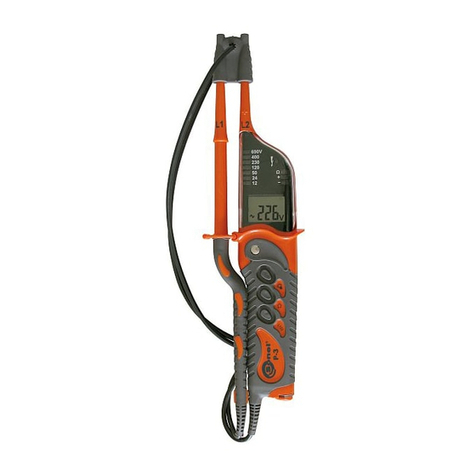
Sonel
Sonel P-3 User manual

Sonel
Sonel PAT-800 User manual
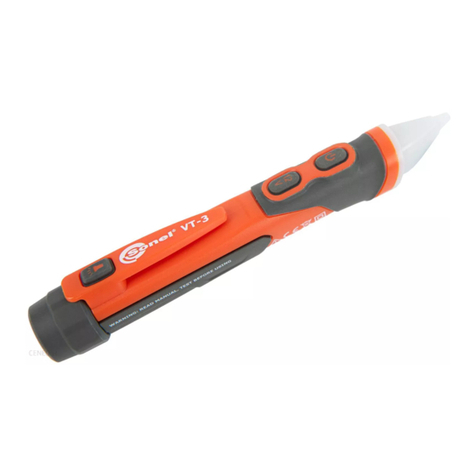
Sonel
Sonel VT-3 User manual

Sonel
Sonel UV-260 Corona Camera User manual
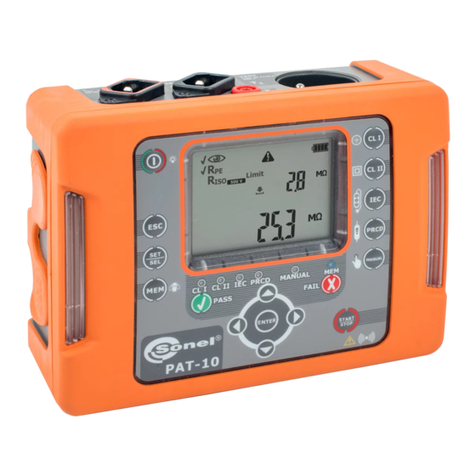
Sonel
Sonel PAT-10 User manual
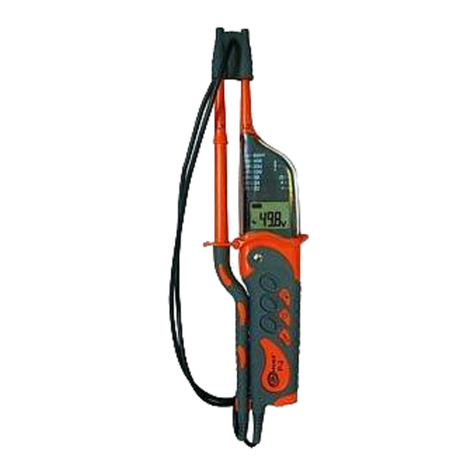
Sonel
Sonel P-2 User manual

Sonel
Sonel S-36 VLF User manual

Sonel
Sonel TKF-12 User manual
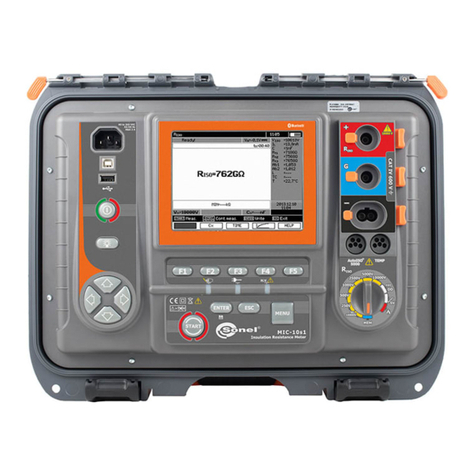
Sonel
Sonel MIC-10s1 User manual
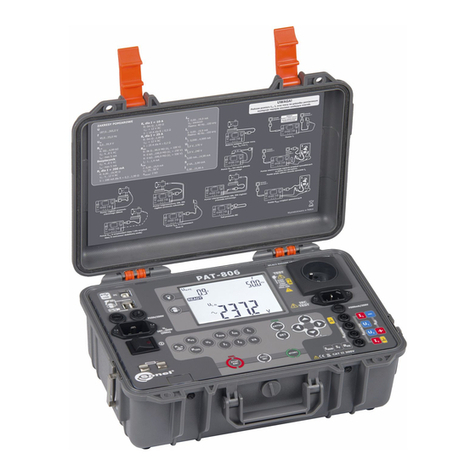
Sonel
Sonel PAT-806-IT User manual
Popular Test Equipment manuals by other brands
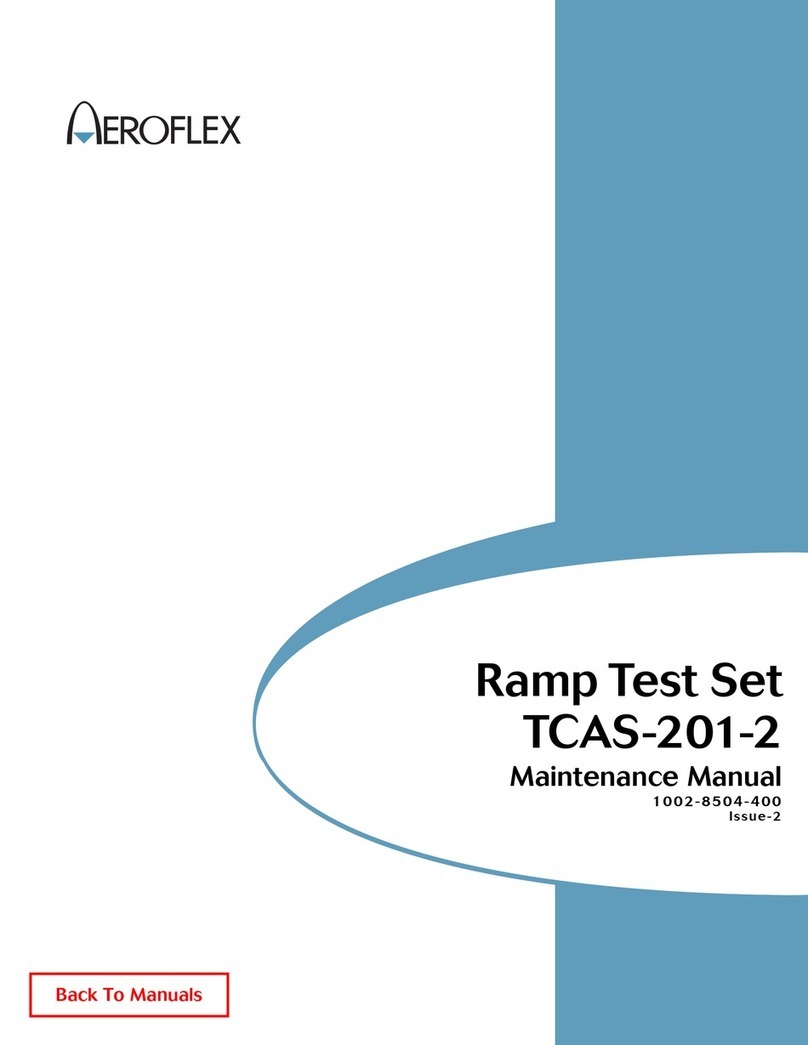
Aeroflex
Aeroflex TCAS-201-2 Maintenance manual
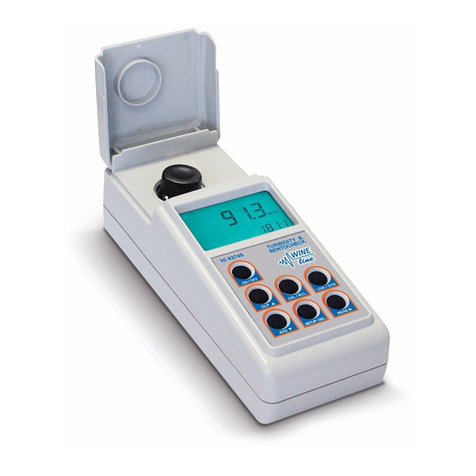
Hanna Instruments
Hanna Instruments HI 83749 instruction manual
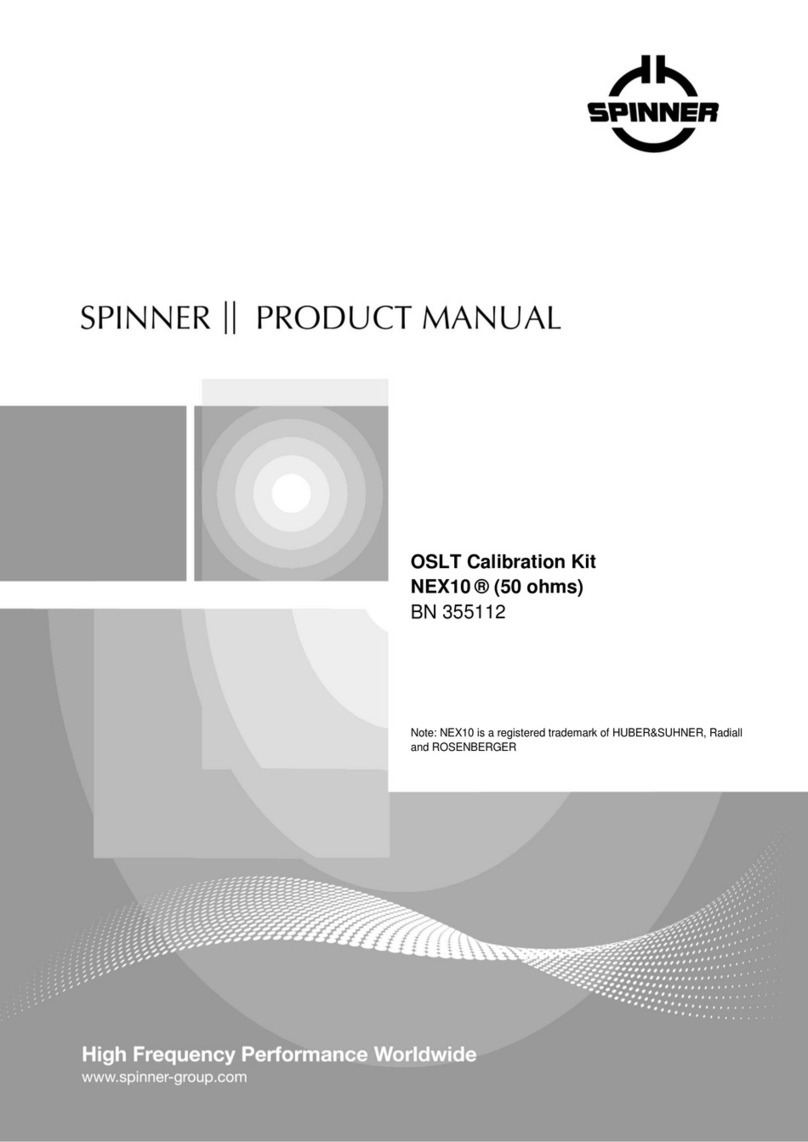
Spinner
Spinner NEX10 BN 355112 product manual

Aram
Aram ASM 200 user manual

Wolfgang Warmbier
Wolfgang Warmbier PGT 2000 technical information
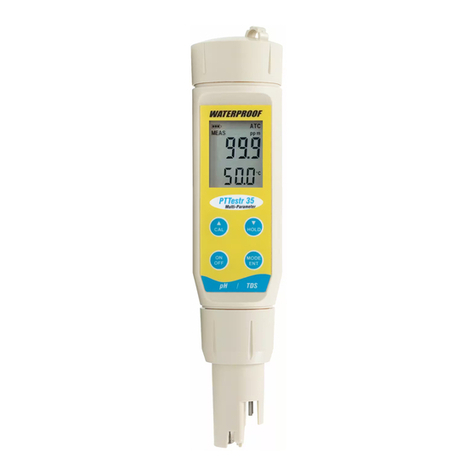
EUTECH INSTRUMENTS
EUTECH INSTRUMENTS ECOTESTR PH 2 operating instructions

